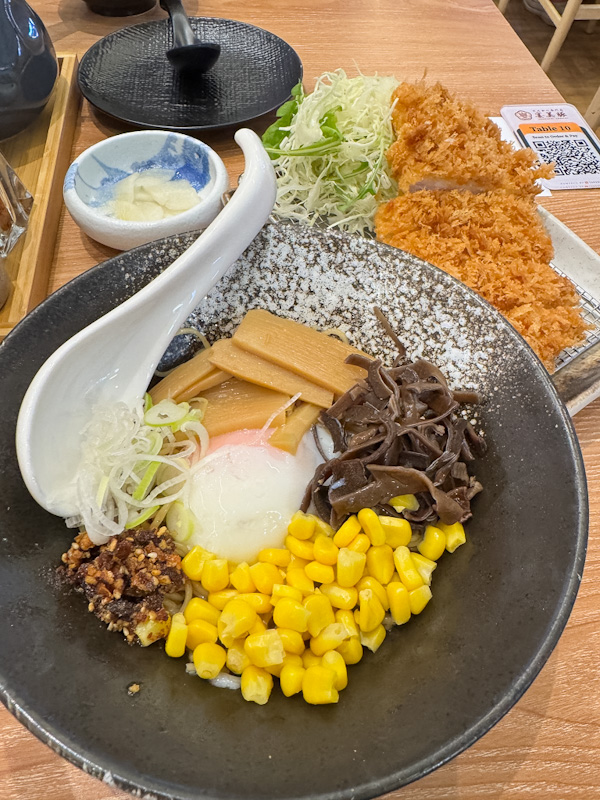WHAT WE ATE
- Goma Ramen, 60/100 (1 Nov 2025, Fortune Centre)
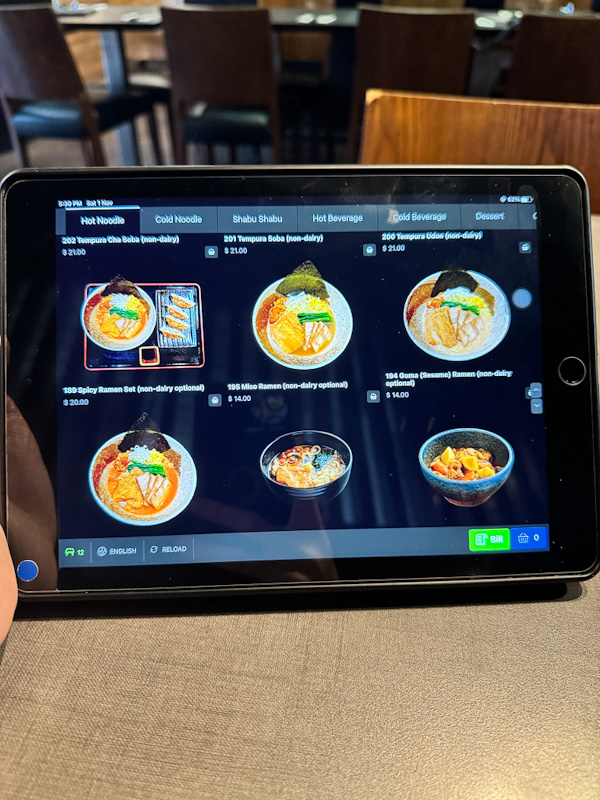
Hidden within Fortune Centre near Bugis, HERBIVORE is one of Singapore’s longest-standing Japanese vegetarian restaurants, created by Ho C.S. together with Japanese chef Yasui Masa. It earned its reputation for turning Japanese comfort food—like katsu, sushi, and ramen—completely meat-free long before “plant-based” became mainstream.
Among its signatures is the Goma ramen, built around goma (胡麻), the Japanese word for sesame. Unlike regional classics such as Sapporo miso or Hakata tonkotsu, Goma ramen doesn’t hail from any one prefecture. It’s a modern offshoot of Japanese-Chinese noodle culture, where ground sesame adds aroma and subtle depth rather than heavy richness. In Japan, you’ll often find it in vegan shokudo or contemporary ramen cafés experimenting with lighter, sesame-based broths.
HERBIVORE’s take follows that same path—gentle, plant-forward, and deliberately restrained rather than indulgent. If you’re exploring Singapore’s vegetarian ramen scene, this spot makes an intriguing first stop before diving into the rest of Fortune Centre’s meat-free maze.
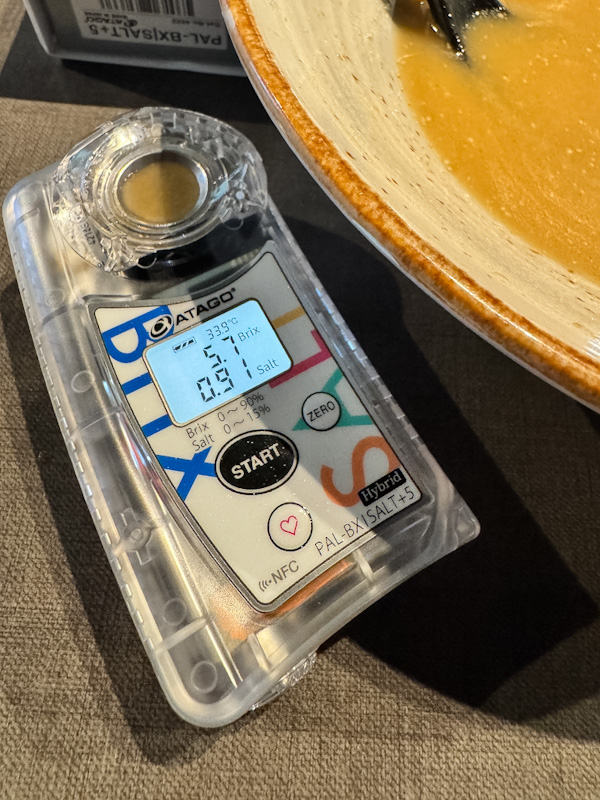
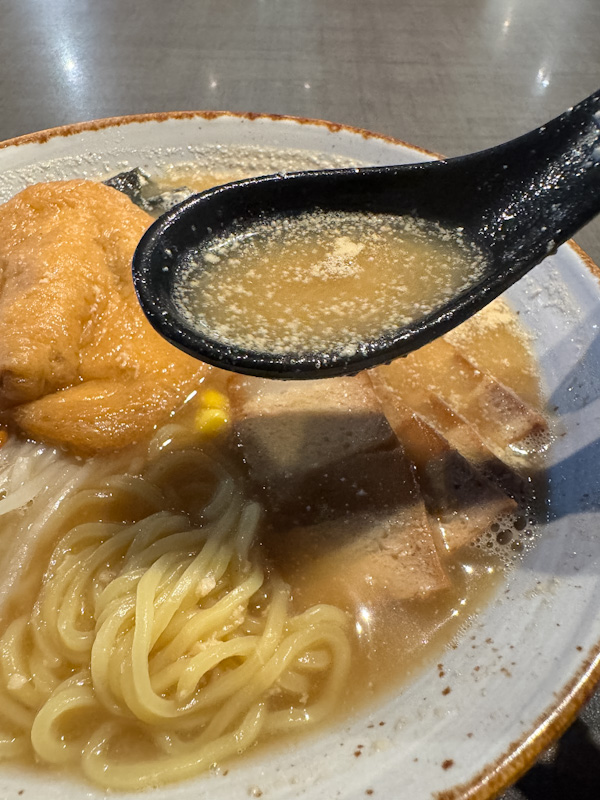
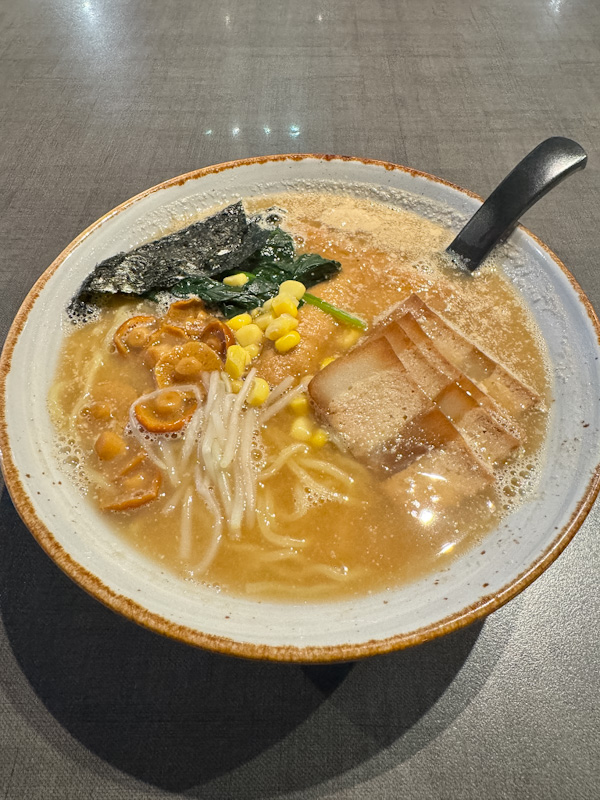
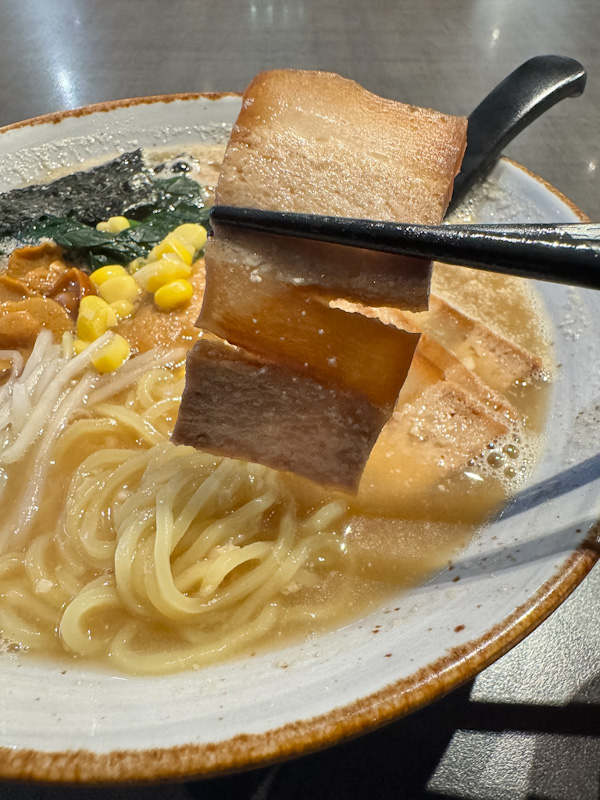
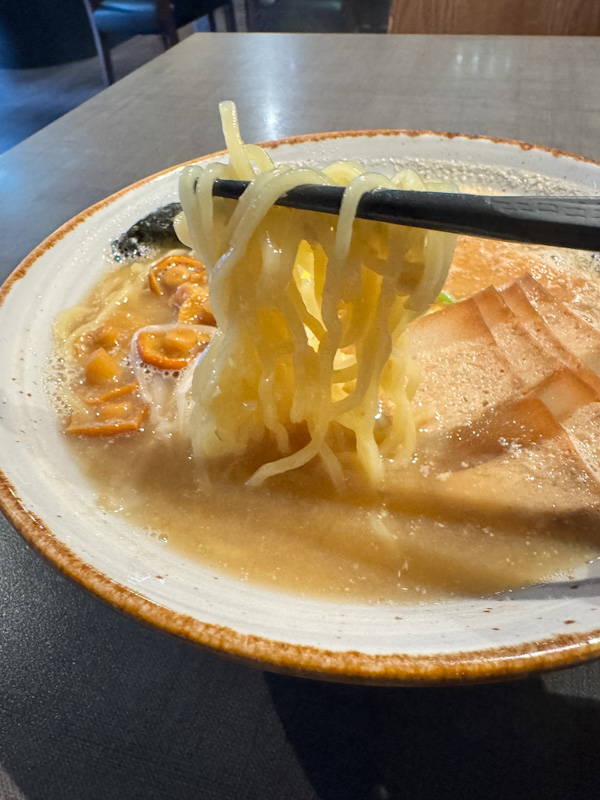
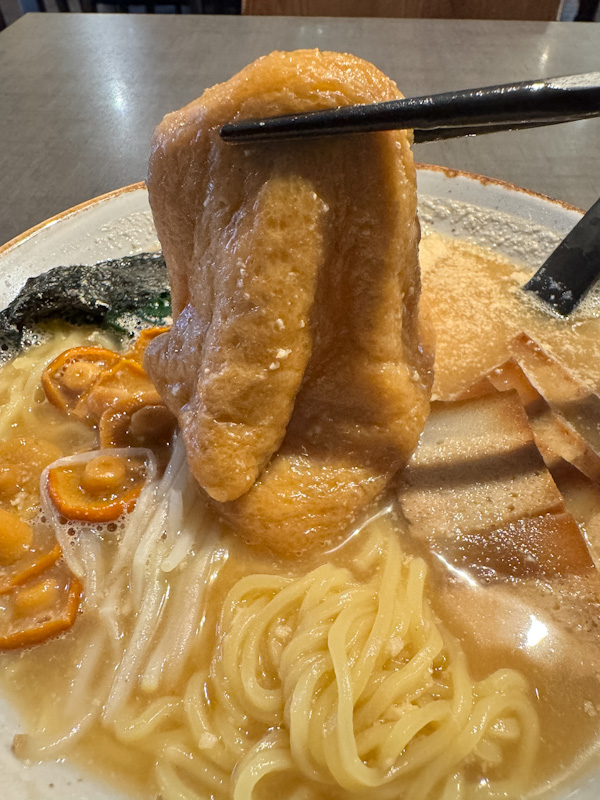
Goma Ramen: 60/100
Noodle: 15/35
The noodles are medium thick and semi-translucent, a shape that could have worked well if not for the overcooking. They arrive soft—too soft—bloated and lacking the resistance expected from a proper boil. The bite is springy yet slightly doughy, and they tend to cling to the teeth rather than rebound cleanly. In flavour, the wheat notes are muted, almost absent, leaving a flat and neutral base with only a faint hint of alkaline. It’s not unpleasant, but it feels hollow—more filler than foundation.
Soup: 20/35
At first glance, the broth looks thin and watery, and it drinks that way too. The head opens with a subtle nutty sesame aroma, but without the lush creaminess often associated with goma broths. The body carries mild savoury and earthy tones, lightly sweet but restrained. The finish is a gentle echo of roasted sesame with a faint chocolatey or malty trace. The numbers confirm it: 5.7 brix and 0.91 salt level, both on the lighter side. Overall, the flavours are fleeting and never quite anchor—interesting, but ephemeral.
Meat: 15/20
Being a vegetarian bowl, the chashu here is a mock pork belly made from soy-based protein. You get four thin slices—each layered with a translucent, jelly-like “fat” and a firmer “lean” portion. The texture is surprisingly satisfying: the gelatinous layer trembles delicately, while the soy lean has a springy, earthy bite. The taste leans savoury-sweet and stands out as the most flavourful element in the bowl.
Other Toppings: 10/10
The toppings do some heavy lifting.
- Fresh Shinji mushrooms lend a slippery crunch with a mellow woody aroma.
- Seaweed soaks up umami nicely.
- Spinach adds a clean vegetal bitterness that freshens the palate.
- The bean sprouts are slightly dried but add texture.
- The fried age tofu, the sweet kind used in inari sushi, adds contrast.
- There’s also pieces of sweet corn, good on its own but a little out of place taste wise. Probably because of the flatness of the soup.
Still, collectively, the toppings bring character and diversity to an otherwise subdued bowl.
Summary
The Goma ramen feels more like a meditation on sesame than a bold statement of flavour. It’s light, balanced, and polite, but never quite arrives at the richness or weight expected of a goma broth. The mock chashu and vegetables hold their own, but the soft noodles and thin soup keep it from reaching harmony.
DISCLAIMER
One man’s meat is another man’s poison.
Find out more about our palettes and how we evaluate our ramen here. 😉

